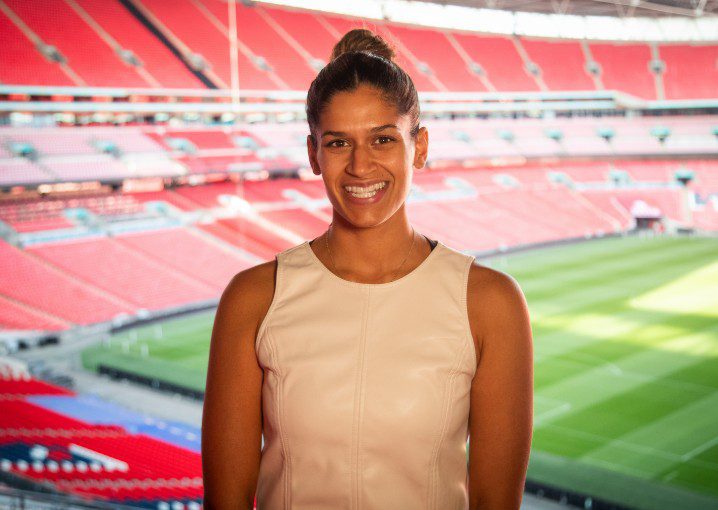Multi-Million Shirt Sponsorships: What is the Real Impact?

During the 2025 summer transfer window, Premier League clubs spent a record £3.1 billion.
Though the realm of millions and billions has become normalised in football-speak, this is a staggering amount of money. But where does it all come from?
There are of course multiple revenue streams that clubs make money on, allowing them to spend big when the transfer window opens. Methods can lean toward the complicated side in the case of revolving credit facilities, but can also be as simple as ticket revenue.
Somewhere in the middle is sponsorship deals. Every fan will know who their team’s front-of-shirt sponsor is, and may well own a kit with that sponsor on it, but the particularities of a front-of-shirt deal are less known, including the valuation of the deal itself, any bonuses attached, and how much the brand gains from the arrangement.
A Brief History of Shirt Sponsors
Similar to stadium naming rights, front-of-shirt sponsorships bring in millions in revenue. But this hasn’t always been the case.
In 1976, Kettering Town became the UK’s first senior football club to put a brand’s logo on the front of their kit. The sponsor in question was Kettering Tyres, and was part of a “four-figure” deal.
As the years progressed, so did the fees. In 1982, Sharp signed what is one of football’s most iconic shirt-sponsorship deals with Manchester United, for an initial value of £500,000 over a five year contract.
Then, as the Premier League era began after its 1992 breakaway from the EFL, sponsorship boomed.
Beginning with household names such as JVC at Arsenal and JD Sports at Oldham Athletic, the landscape has now morphed into one dominated by betting and financial service companies. To date, these make up 70% of the Premier League’s shirt sponsors. However, gambling sponsorships are set to be phased out by the 2026/27 season, which will see many new deals done as clubs look for new shirt partnerships.
How Much is a Modern Shirt Sponsorship Deal Worth?
In 2022, Real Madrid reportedly agreed a deal with their front-of-shirt sponsor Emirates worth up to £60 million a year – a marked increase from the six-figure deals of the 1980s.
Part of the reason for this considerable sum is visibility, with Real Madrid shirts found in all corners of the globe.
For the Premier League, it’s a similar story – over 1.8 billion people follow the competition, and saying this is an exceptional advertising opportunity is an understatement.
This following doesn’t simply include watching live games. Social media plays a significant role, giving sponsors exposure to a much wider audience – in 2016, tech company SnapRapid reported that Premier League clubs at the time generated sponsors around £200 million per season in exposure alone across their social media platforms.
This exposure alone was a number similar to the entire sponsorship income that clubs made during the same period, emphasising how beneficial these sponsorship deals can be for the brand.
Part of this benefit is the brand awareness that comes from being associated with a football club, which can then have a positive influence on brand identity and customer loyalty.
These impacts are even stronger when the club in question is performing well on the pitch. This mainly comes from brand association, as fans think of their team’s success, the kit, and its sponsor in the same light—various sponsors have been immortalised in the footballing world.
Samsung for Chelsea’s 2012 Champions League win and Sharp during Manchester United’s treble are notable examples, while Nintendo’s sponsorship of Fiorentina in the late 1990s is seen as a cult classic.
If negotiated well, kit sponsorships can be extremely impactful for brands. These impacts are true for both exposure as well as public sentiment towards that brand, and is a large part of why football clubs are able to spend the money they do on the world’s best players.
A lot of what goes into a successful partnership depends on value alignment, with Hal Sparke, Partnerships Manager at AFC Wimbledon, telling GIS: “Finding those true passion points for fans and creating authentic connections is what separates the best sports partnerships from the average transactional ‘sponsorship’ types.”
Overall, sponsorships are part of the wider world of football business. At GIS, our degrees aim to provide the next generation of sports professionals with the network and knowledge to succeed in the industry, covering everything from understanding operations and fan engagement to leadership and finance.
To discover our range of programmes, click here.
Our Partners
















